Of the 10 cars that recorded the most market share growth in Europe during 2018, do you care to estimate how many of those were crossovers and SUVs? That’s right, every single one of them. The SUV is no longer a trend or a craze but a full-blown epidemic.
With the sector growing by 20% every year, already more than a third of all new cars being sold right now are SUVs of one size or another. We’re living in a George Orwell novel. New car buyers are terrified of being rounded up by Thinkpol if they so much as leaf through a saloon or estate car brochure, so they obediently choose high-riding hatchbacks on PCPs instead.
Consider the Seat Arona. The tiny Spanish crossover is certainly very popular among buyers, sitting in first position on our list of hot-selling tall cars. It is equally popular here at Autocar: it is the best car of its type.

It’s refined for one so small and its cabin is spacious, all of which means the Arona is a terrific car in many ways, except that it’s entirely uninteresting to look at and even less interesting to drive. It’s also quite slow.
We have to believe there are far more imaginative ways to spend the £16,750 you’ll need to hand over to buy even the cheapest model in the range. In fact, here we offer 18 significantly more interesting cars for the same money or less – cars that are either thrilling to drive, dripping with character, great to look at or, in a small number of cases, just endearingly odd.
We are living in Crossovia, but you needn’t be a citizen.
Coupés

Audi TT Sport Quattro: What better way to address the prevailing criticism of the Audi TT – that it wasn’t really a proper sports car – than to tear out its rear seats, drop in a chunky metal brace in their place and fit a pair of fixed-back bucket seats up front? No more than 800 came to the UK so the Sport Quattro does have rarity on its side, but despite the weight-saving regime, those racy seats and 237bhp, the most athletic TT was still a bit flat on its feet. It’s unusual, though, and for around £10,000 you’ll pick up a minter.
One we found: 2005 TT Sport Quattro, 50,000 miles, £10,495

Fiat Coupé Turbo: Designed by Chris Bangle during his Zorro phase, the Fiat Coupé is instantly recognisable with its distinctive wheel-arch slashes. The Coupé might never achieve classic status but, after so many were unforgivably wiped out by the scrappage scheme a decade ago, it has become quite rare. Accordingly, values are slowly on the up. Most of the surviving cars are Turbo models and they start today at around £4000. Double that and you’ll find far tidier examples, although the very best Coupés now come with hefty five-figure asking prices. Not the sort of car you buy without doing your research first.
One we found: 1998 Coupé Turbo, 98,000 miles, £7995
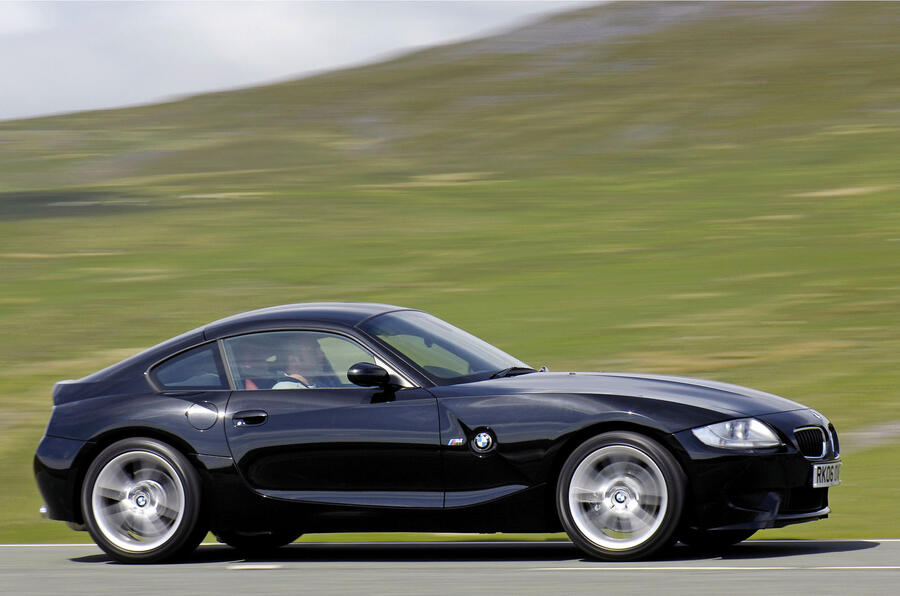
BMW Z4M Coupé: The one you really want is the Z3M Coupé but, with values having long since risen beyond the £20,000 mark, you’ll have to put up with the newer Z4M Coupé instead. The later car didn’t get the Z3’s distinctive breadvan roofline, but its rear end is a brilliant piece of design in its own right. Beneath the bonnet you’ll find the same glorious 3.2-litre straight six that powered the E46 M3 and, much like that car, values are only going one way. Spend £16,000 today and get your money back, with interest, two years from now.
One we found: 2007 Z4M Coupé, 87,000 miles, £16,700
Fast saloons

Bentley Turbo R: Buying a ’90s Bentley for £16k is such a bad idea, your friends and family will assume you’ve taken leave of your senses. But in among all the hideous bills and the endless breakdowns and the ruinous fuel costs, there might even be fleeting moments of something approaching enjoyment. Because you’ll be swanning around in a Bentley that you own and only you and a small number of onlookers will know you paid no more than the price of an Arona to buy it. Then it’ll stop working again and you’ll wish you bought the bloody Seat.
One we found: 1991 Turbo R, 77,000 miles, £15,695
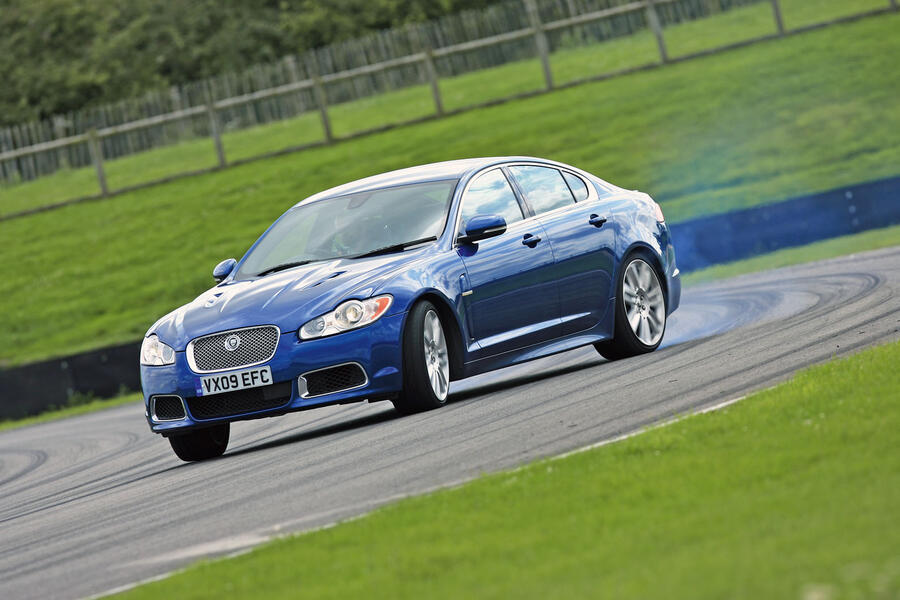
Jaguar XFR: When it was new a decade ago, the XFR was like a promise from Jaguar to all of us. It foretold what a new, modern Jag was capable of and what its next generation of cars might be like. There had been fast Jaguar saloons before, but none that was as quick and agile one moment, then as effortless and refined the next. Shoved along by a supercharged V8 that developed more than 500bhp, it was seriously quick as well, while its ultra-modern cabin was about as far removed from the olde worlde Jaguar cockpits of yesteryear as it was possible to get.
One we found: 2009 XFR, 70,000 miles, £13,995
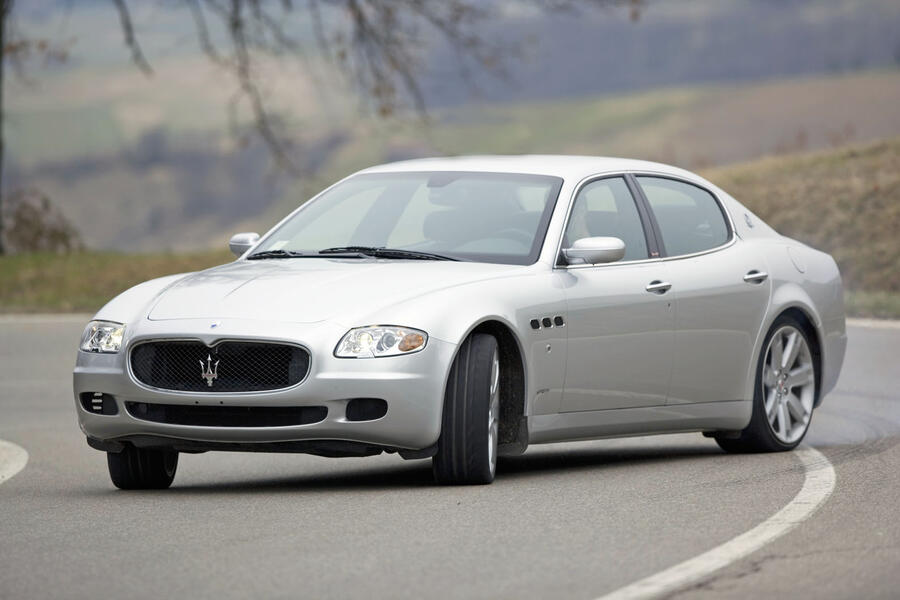
Maserati Quattroporte: There have been faster saloons and others still that were sportier to drive, but rarely has there been a saloon as stylish as the fifth-generation Quattroporte. While its German rivals were clinical and even a touch sombre, the Maserati was charming and characterful (mostly because it was powered by normally aspirated V8 with close to 400bhp). It achieved the notable feat of being both exceptionally long and very cramped in the rear, while the ride was never quite as smooth as it should have been. But £12k doesn’t seem like much for a car as elegant as this.
One we found: 2005 Quattroporte, 50,000 miles, £11,950
Roadsters

Lotus Elan: Tell a sports car enthusiast of a certain age you drive a Lotus Elan and he’ll go weak at the knees. He will quickly regain his composure when you clarify it’s an Elan M100, the front-wheel-drive version that was launched in 1989, and not the iconic 1962 original. Still, the newer Elan was a piece of Lotus history in its own right and it still looks pretty today, thanks entirely to the incomparably skilled hand of designer Peter Stevens. In this instance, you would have to try quite hard to spend more than £16,750. The cheapest cars cost only £6000.
One we found: 1990 Elan, 30,000 miles, £13,995

Alfa Romeo Spider: Alfa’s dinky roadster was on sale for almost 30 years. It first appeared back in 1966 and it wasn’t until 1994 that production was wound up. Across its four generations, you can actually see the evolution of European crash legislation because, while the 1960s original was disarmingly pretty and delicate, the newer versions look heavier and chunkier, like they’re wearing armour. Inevitably, our budget will only stretch to a fourth-gen model, but even a very late Spider is a desirable thing. It’s a drop-top Italian sports car with a cammy four-cylinder engine, after all.
One we found: 1992 Spider, 49,000 miles, £15,000

Honda S2000: Spiky handling and a driver’s seat that was set a couple of inches too high did detract somewhat from the S2000 experience, but the VTEC engine howled like a lunatic all the way to 9000rpm and the manual gearshift was just so. Honda’s roadster was an imperfect car, but a seriously characterful one. In fact, it’s the perfect antidote to today’s tunelessly turbocharged sports cars with their effortless paddle-shift transmissions. You will find S2000s listed for £6000 or so, but spend £10,000 and you’ll get a well-cared-for car that won’t shed any value.
One we found: 2006 S2000, 76,000 miles, £9995
Hot hatches

Lancia Delta Integrale: It may be hot hatch royalty but, with five doors, a generous boot and four-wheel drive, the Delta Integrale is really just a crossover without the ride height. Although they’re all left-hand drive. And if you use it through the winter, it will mostly dissolve before the end of February. But you just won’t care because, every time you walk up to it, you’ll spot those delicious box arches and whenever you drive it, you’ll feel like Miki Biasion. These cars are firmly into modern classic territory and values reflect that, although £15,000 is still enough for a leggier ’Grale.
One we found: 1989 Delta Integrale, 118,000 miles, £14,600

Honda Civic Type R (EK9): Everything you need to know about the EK9 Civic Type R can be expressed in just one vital statistic: 118lb ft of torque at 7500rpm. That pretty much makes its 1.6-litre inline four a motorcycle engine. And then there’s its peak power output of 182bhp, which arrives at 8200rpm. The original Civic Type R didn’t even pretend to be a daily usable hatchback, preferring instead to be as focused and as uncompromising as a purpose-built sports car. It even had a seam-welded body to improve structural integrity. The EK9 was never sold here but plenty have been imported.
One we found: 1998 Civic Type R, 121,000 miles, £9000

Alfa Romeo 147 GTA: No roadster or coupé will ever be as usable as even a small crossover, but a high-performance hatchback will get close enough. The 147 GTA was never especially well regarded in its day, mostly because the chassis didn’t do an especially good job of putting its 247bhp down to the road. But what an engine: a 3.2-litre V6 that actually looks as good as it sounds. The 147 GTA might well be one of the prettiest hot hatches of all time and prices are holding firm. You won’t find one now for much less than £10,000.
One we found: 2003 147 GTA, 82,000 miles, £9995
Oddities

Volkswagen Phaeton: A large executive saloon isn’t very odd at all, but the Phaeton’s backstory certainly is. It exists because former Volkswagen chairman Ferdinand Piëch agreed with himself that it should. Very good things have transpired when Piëch has done something just because he wanted to, such as Porsche winning Le Mans for the first time. One of the challenges he set for his engineers was that the Phaeton should be able to be driven at 186mph for eight hours in 50deg C heat, while keeping the cabin at room temperature. An OEM like Volkswagen will probably never take a gamble like this again.
One we found: 2007 Phaeton V6 TDI, 45,000 miles, £10,000

Lancia Thema 8.32: There can’t be many more unusual cars than a boxy luxury saloon with a Ferrari V8 up front. Mounted transversely, no less, because it drives the front wheels. It’s as though Lancia built the 8.32 as a prank (‘8.32’ is a reference to the engine’s eight cylinders and 32 valves). Running costs today will be astronomical and you’ll be very lucky indeed to find an original UK car because, according to reports, only 10 were ever sold here. Prices are creeping up and you’ll need to spend around £10,000. Another one to file under ‘never to be repeated’.
One we found: 1987 Thema 8.32, 64,000 miles, £10,750

Renault Avantime: The trouble with calling a car Avantime – which isn’t a word at all but basically translates to ‘ahead of its time’ – is that you’re declaring the car in question to be a groundbreaker, or a trendsetter. Back in 2001, Renault clearly believed the Avantime would initiate a shift across the market towards MPV-style cars with only four seats and three doors. Remarkably, the concept didn’t catch on. But it’s impossible to dislike the Avantime, not least because it comes from a time when car makers would play and experiment, then bring those experiments to market. These days we get identikit crossovers.
One we found: 2003 Avantime V6, 100,000 miles, £4500
Anti-crossovers

Toyota Hilux: If you absolutely must get to a stranded flock of sheep in a flooded field at night, or deliver urgent medical supplies to a remote African village, or transport six insurgents and their AK-47s to a border post, you use a Toyota Hilux. A conflict between Chad and Libya in the late 1980s has become known as the Toyota War because of the ubiquitous use, on both sides, of the Japanese marque’s off-roaders as ‘technicals’ – light improvised combat vehicles. Toyota’s pick-up has been in production since 1968, making Hilux one of the oldest ongoing nameplates of them all.
One we found: 2013 Hilux, 80,000 miles, £14,900

Subaru Forester STI: The Forester STi is a supremely practical vehicle with a large boot and room for the whole family. It’s tough, rugged and hard-wearing. With four-wheel drive, it will also find its way out of the muddy field or snowy back road that’s left most other cars stranded. Quite how it could be improved as a family wagon is hard to say. It just happens to have a 260bhp boxer engine and a limited-slip differential in the rear axle. The Forester STi was never officially sold here but so many have been imported, you won’t struggle to find one.
One we found: 2007 Forester STi, 71,000 miles, £11,995

Mitsubishi Pajero Evolution: Even the untrained eye will recognise that the Pajero Evolution is no crossover. It has huge tack-on wheel arches and an enormous bonnet scoop and a funny metal plate at the front. Whereas the average crossover is designed primarily to transport young mothers across town, the Pajero Evolution was built to win the Dakar Rally. Which it did, on 12 occasions. It’s powered by a 3.5-litre V6 that’s good for 276bhp and a lumpy 257lb ft of torque – and as if there were any lingering doubts as to the Pajero Evolution’s intended purpose, its seats are stamped ‘Recaro’.
One we found: 1997 Pajero Evolution, 61,000 miles, £12,990
Why are crossovers so popular?
Crossovers and SUVs have become as popular as they have for a number of very good reasons that are difficult to refute, but also one or two that are not so logical. Perhaps the best reason of all for choosing a taller car over a comparable hatchback is the loftier seating position, which gives a far better view of the road ahead and really can make you feel safer. These cars are easier to get into and out of, they’re less of a strain to load heavy bags into and, as anybody who has ever worn a skirt and tried to elegantly extract themselves from a very low car will tell you, better for personal modesty as well.
It must be acknowledged, however, that a good number of crossover and SUV buyers choose such cars because they have a status attached to them. They look more like prestigious 4x4s than a city car ever will, even if they’re actually not much bigger or any more expensive.

These cars do have their drawbacks, though. In fact, in engineering terms, they’re fundamentally compromised. Their frontal areas are greater, which has a very real impact on fuel efficiency. They are heavier than conventional hatchbacks but offer little more, if any, space inside, and they have higher centres of gravity as well. What’s more, studies have shown that tall cars pose more of a risk to pedestrians. But buyers are voting with their chequebooks and it’s clear that for a great number of people, those compromises are easily overlooked.
But if you must have a new SUV…
Categorising all of the new crossovers and SUVs that seem to appear at a rate of one a week is no small task, not least because these cars are actually designed to fill niches within niches. We split the affordable end of the crossover and SUV market into four segments: compact crossovers, compact SUVs, crossover hatchbacks and family SUVs.
As has already been mentioned, our pick of the compact crossovers right now is the Seat Arona, despite its bland interior and unremarkable handling. But it scores highly for refinement and interior space. The Renault Captur and Mazda CX-3 are highly commendable.
Compact SUVs are a little bigger and perhaps a touch more rugged as well, with some degree of off-road ability. Best of the lot is the new Range Rover Evoque, which recently knocked the Volvo XC40 off the top spot. They lead the class ahead of the Mazda CX-5 and Volkswagen Tiguan.
Of the crossover hatchbacks – bigger than compact crossovers but unlikely to venture off road – the Seat Ateca is our favourite. It does everything a buyer in this sector could want it to do, with plenty of cabin space, attractive styling, good economy and affordability all on its side. The Volkswagen T-Roc and Nissan Qashqai are the best of the rest.
Family SUVs are the do-it-all cars. As well as being very well suited to family life, they’re comfortable on longer journeys, they can be used for towing and they have some appetite for a muddy track as well. The Audi Q5 is the best, a classy all-rounder that scores well for comfort and refinement. It just about keeps its nose ahead of the BMW X3 and Jaguar F-Pace.
Read more
EU deals: cars to import while you can​
Top 10 best compact crossovers 2019​
Bangers that work - 20 bargain cars that won't let you down


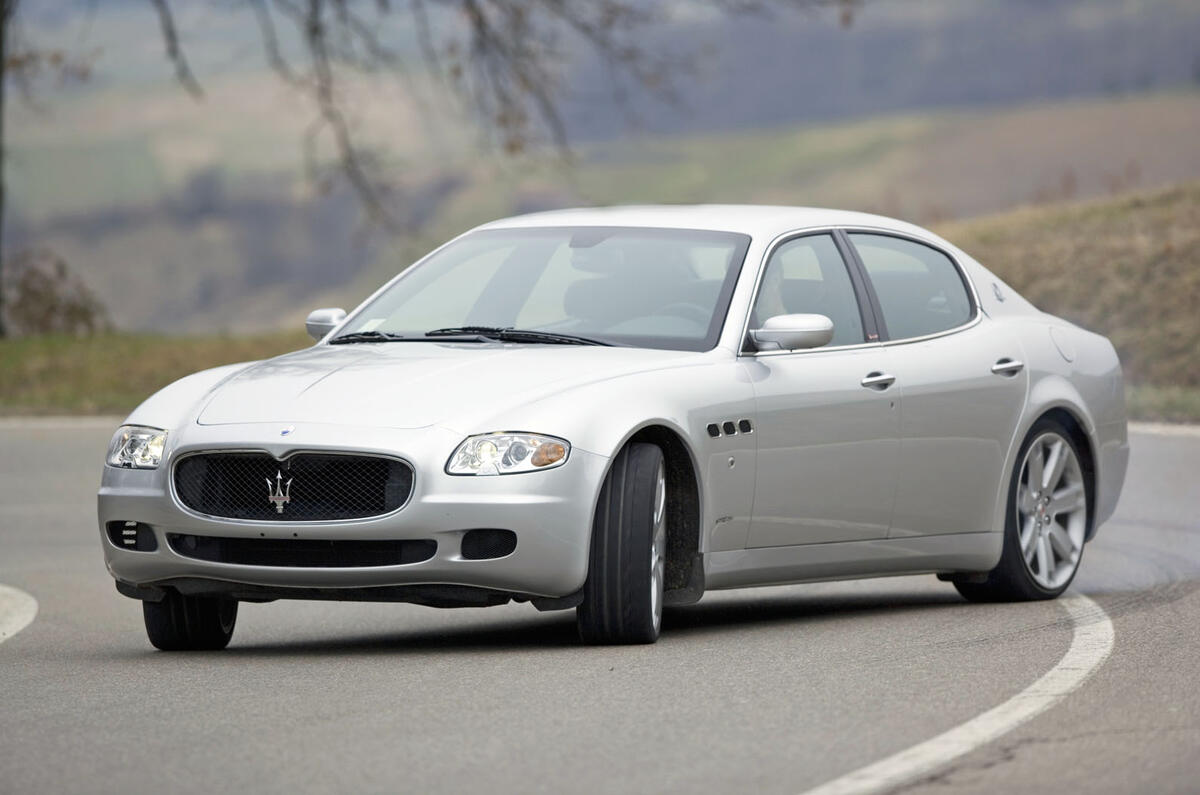

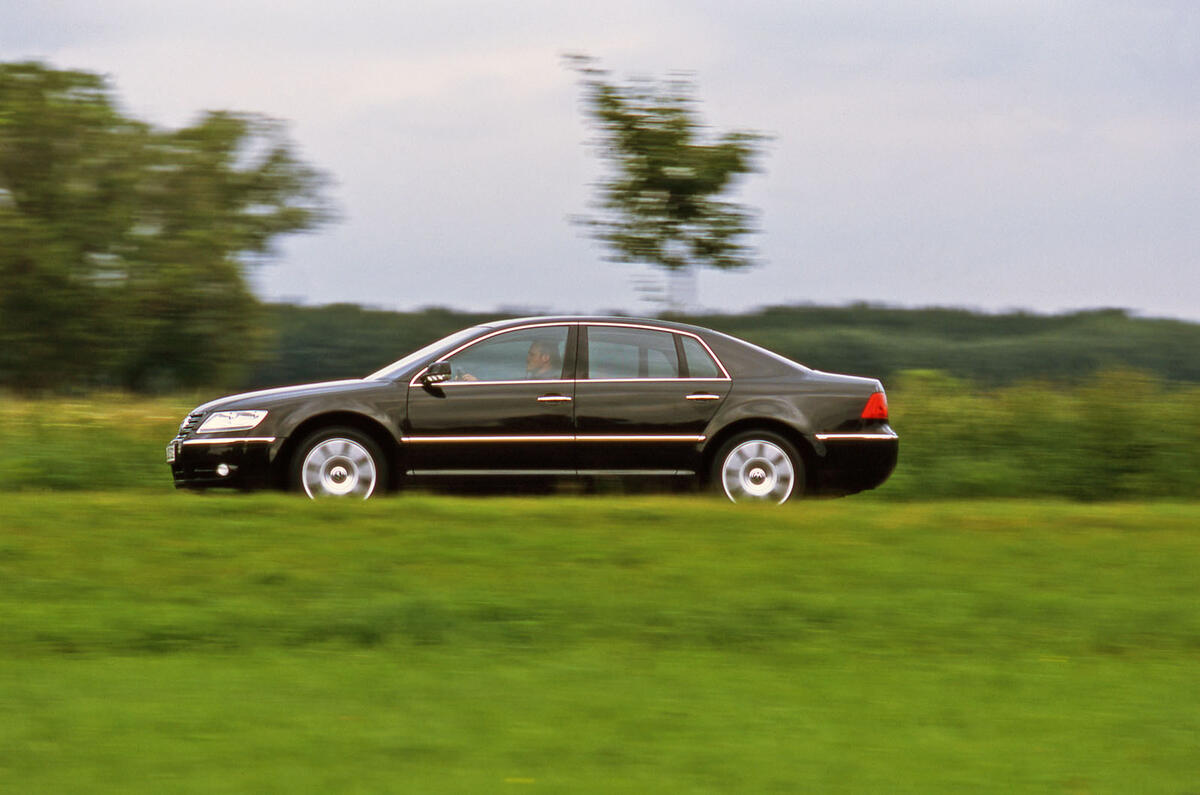




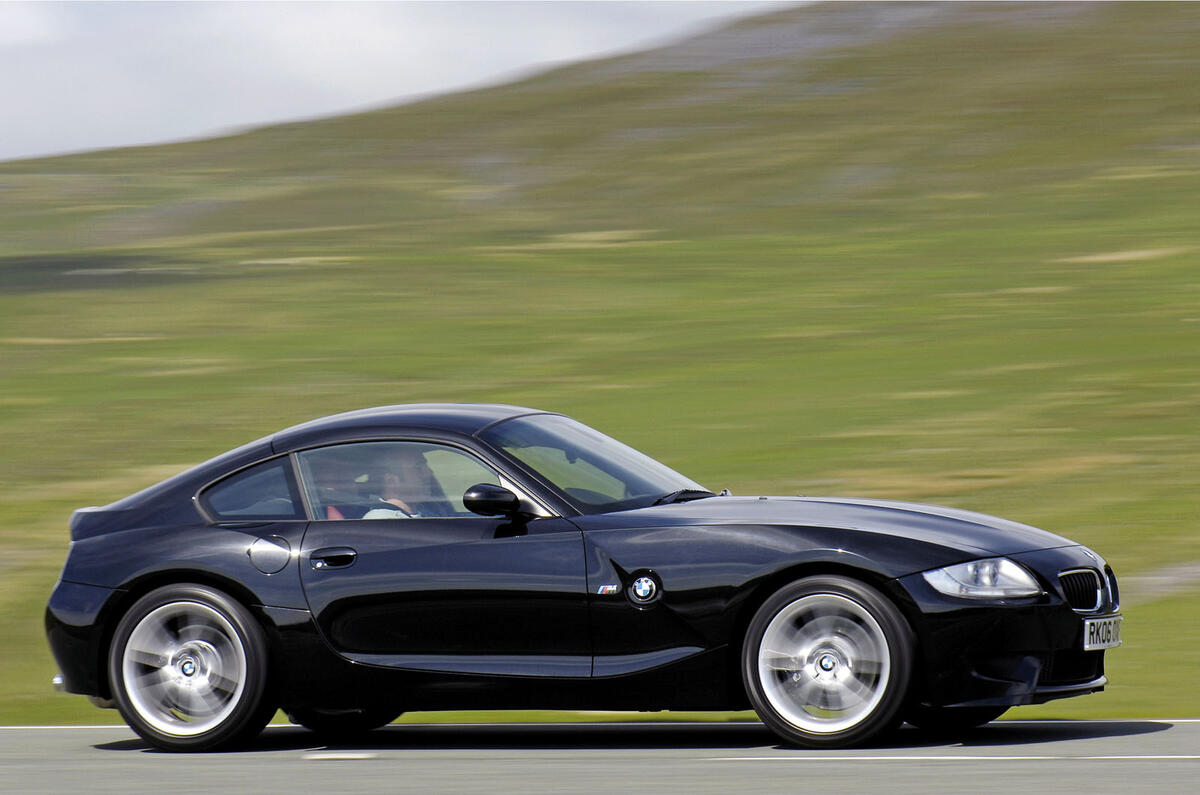


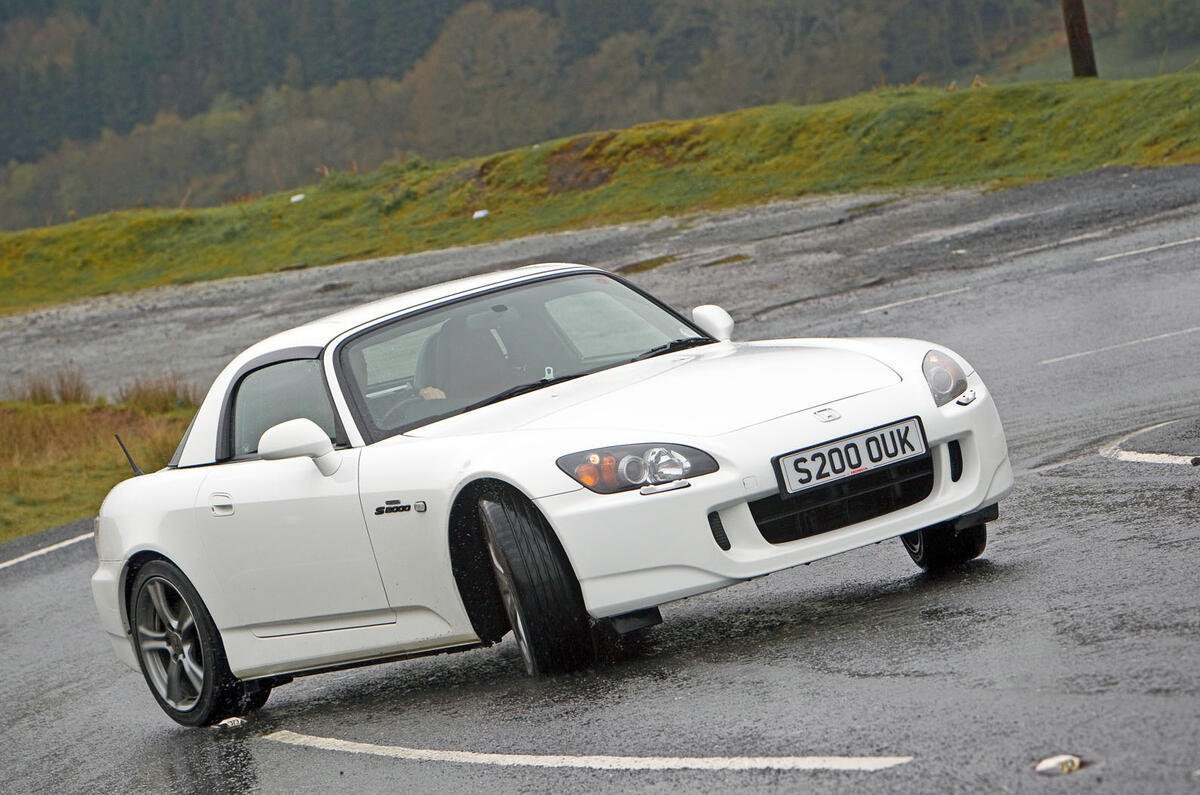
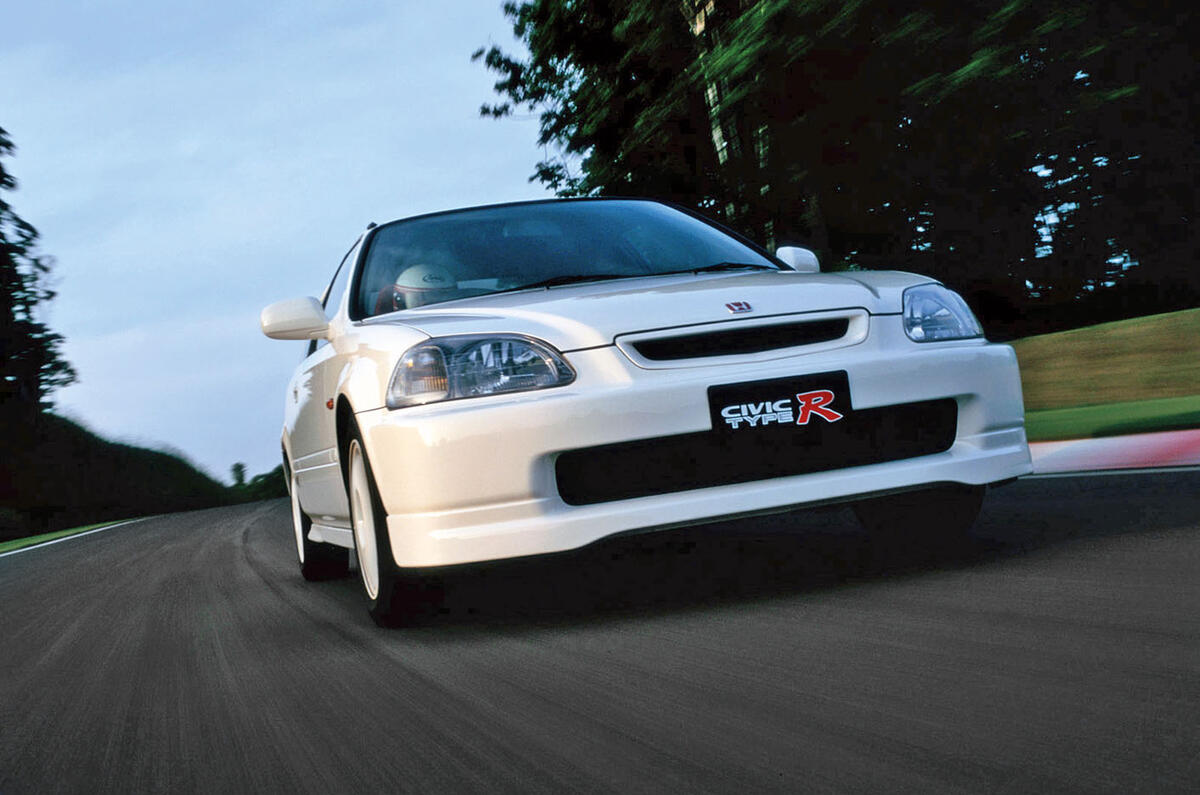
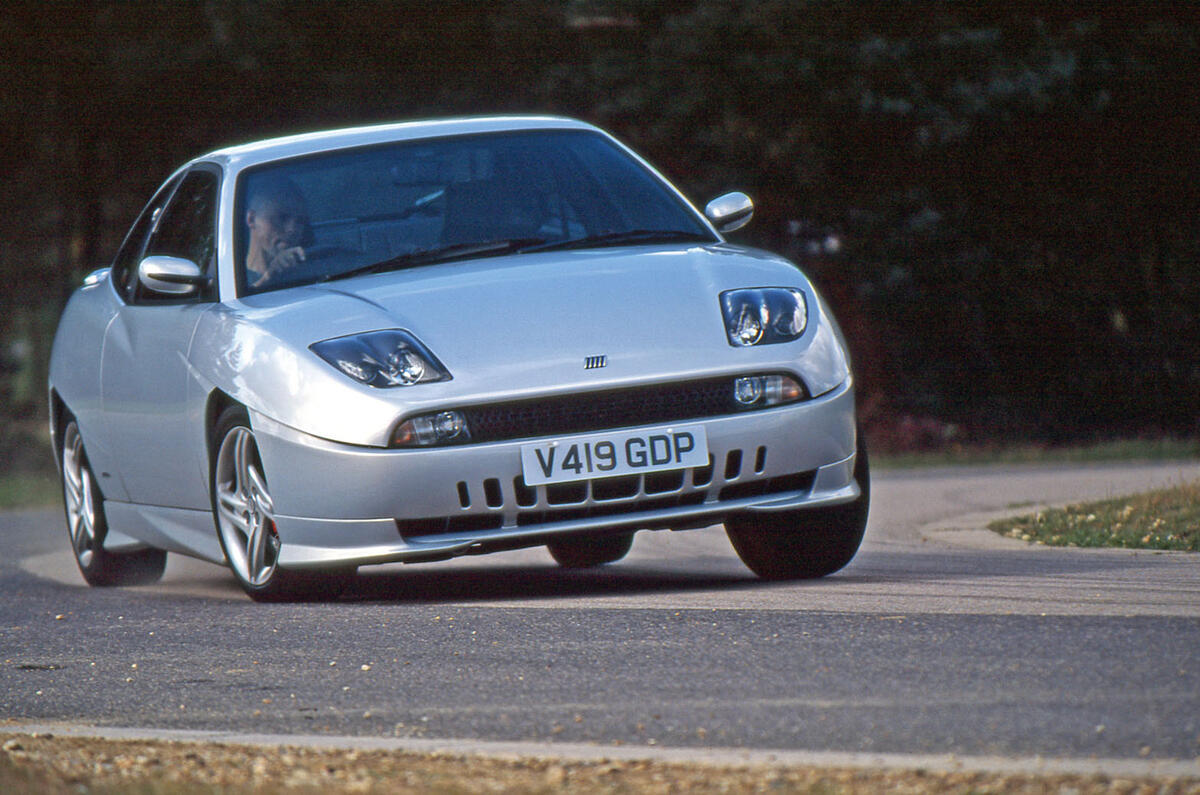







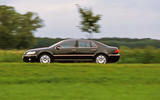




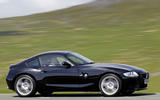

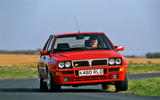
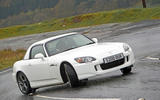
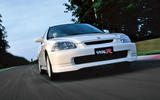






Join the debate
Add your comment
If a Renault Captur is
If a Renault Captur is "highly commendable" then I feel really sorry for those who must have a crossover but choose an alternative - I've driven a Captur and found it to be the sloppiest tarted-up washing machine of a car I've ever driven. I think it was a 1.2TCe with a manual gearbox, but the response from the engine made it seem like I was using a CVT with a manual mode. Either that or the clutch was slipping - lots of noise, not much go. And the steering was laughable. At a 10mph crawl a quick swing of the wheel in either direction produced no change in direction of the car, yet induced body roll to rival my mk4 Fiesta when driven enthusiastically. Comical. Are people not scared by the lack of feedback from cars like these when they test drive them? Or don't people test drive cars these days?
Plenty of interesting cars
Plenty of interesting cars but, a pity that most of them will only work sometimes, except the Japanese ones.
What’s gone wrong ?
Obviously an article in which Andrew Frankel didn’t have a hand in , it actually suggests an M100 Lotus Elan might be a reasonable bet, the car Andrew constantly slags off. More importantly ( for me ) the car that did catch and pass Andrew at Thruxton in the new Alpine , on the day he wrote that “no car passed him the whole day” ? Sadly Andrew little anomalies like this undermine your journalistic reputation, which I find very sad indeed.
Ravon wrote:
So easy to sit with a take away coffee and be judgemental. Frankel is a motoring journalist of the highest quality and being human, he does make the odd mistake. Have you ever made a mistake?. You must however be very keen on the man to have picked up on this. Go be sad for those who deserve your pity...the poor, destitute, starving, homeless, etc.
Yes & No
I disagree with your criticism of Andrew Frankel. I think that he is one of the very best motoring journalists in the world at this point in time. To my mind, he is at the top of his game.
But I agree with you if what you are saying is that the Elan M100 is a terrific car that is badly underrated. Its problem is that it failed to break the Lotus mould with the adoption of front wheel drive. If you could isolate it from the tradition of Lotuses having rear wheel drive as part of their DNA, I think that it would be judged very favourably.